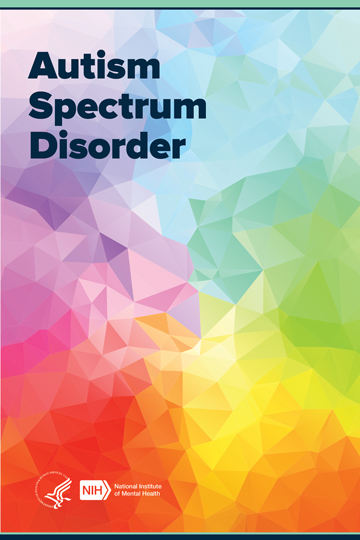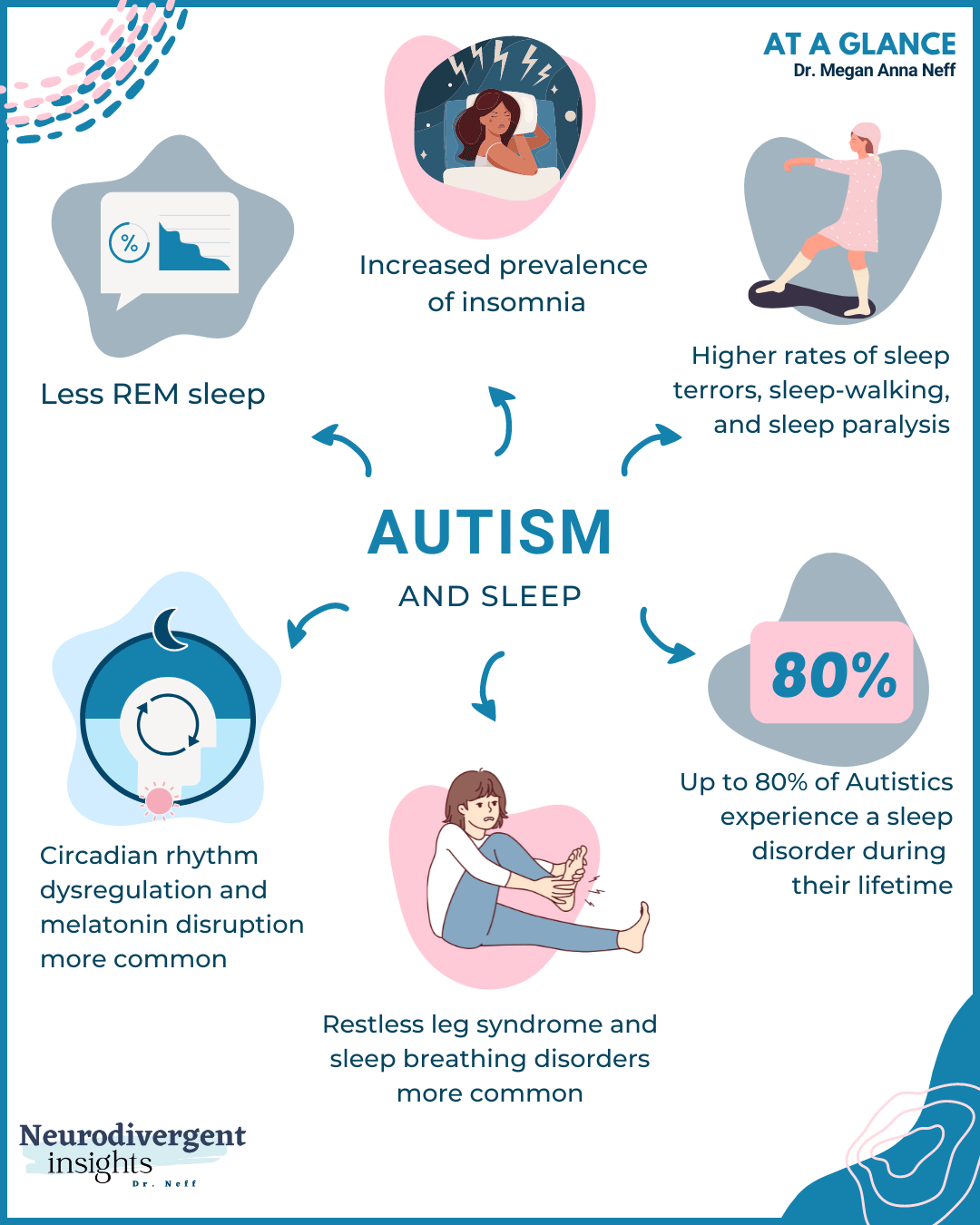Innovative Therapies and Treatments: Advances in Autism Study
Wiki Article
Understanding Autism: A Comprehensive Overview to Symptoms And Signs
Autism Spectrum Condition (ASD) encompasses a vast array of characteristics that can considerably affect a person's social communications and everyday functioning. Identifying the signs and symptoms and indications, such as challenges with eye get in touch with, social communication troubles, and sensory sensitivities, is important for early treatment. Recognizing these nuances not only help caregivers and teachers in providing appropriate support but also cultivates a much more inclusive atmosphere for people with ASD. As we check out the complexities of autism, it becomes vital to think about exactly how these signs show up in a different way throughout the spectrum and what effects they hold for effective treatment methods.Review of Autism Spectrum Problem
Specifying Autism Spectrum Condition (ASD) involves recognizing it as an intricate neurodevelopmental problem identified by a variety of challenges in social communication, interaction, and behavior patterns. The term "range" reflects the vast variability in signs and symptoms and their severity, which can vary considerably from one individual to one more. ASD commonly materializes in early childhood years, although some individuals may not receive a medical diagnosis till later on in life.Variables influencing the advancement of ASD consist of environmental variables and genetic proneness, although the specific reasons stay under investigation. Medical diagnosis typically depends on behavior assessments, as there are no definitive medical tests for ASD. Early intervention is crucial and can dramatically enhance outcomes, focusing on boosting communication abilities, social communications, and adaptive behaviors.
People with ASD might also exhibit special staminas, such as remarkable attention to information or particular locations of proficiency. Recognizing the multifaceted nature of ASD is necessary for promoting a comprehensive setting that suits neurodiversity. Continued study is important for developing efficient interventions and support group, making it possible for individuals with ASD to prosper and meet their potential within society.
Usual Signs of Autism
Recognizing the usual signs of Autism Range Disorder (ASD) is important for early identification and intervention. These indicators can differ commonly in extent and discussion, but certain features are frequently observed in individuals with ASD.One of the most prevalent indicators is a marked problem in maintaining and establishing eye contact. Individuals may likewise display minimal passion in social interactions and show a preference for solitary play.
Sensory sensitivities are also usual; people might overreact or underreact to sensory stimuli, such as noises, appearances, or lights. autism. Language advancement can be irregular, with some kids displaying postponed speech or using language in uncommon methods, including echolalia-- repeating sentences or phrases heard elsewhere
It is important to keep in mind that not every individual with ASD will certainly display all these indicators, and the level of these actions can vary dramatically. Early recognition allows for timely assistance and sources, improving the lifestyle for those on the spectrum.
Social Interaction Difficulties
Social interaction difficulties are a hallmark of Autism Range Condition (ASD), impacting a person's capability to involve properly with others. These troubles can materialize in numerous methods, including difficulties in initiating and keeping conversations, recognizing social hints, and reacting suitably in social interactions.People with ASD may deal with nonverbal communication, such as eye call, facial expressions, and body movement. This can result in misconceptions, as their communicative intent may not be appropriately translated by others. Additionally, they might find it hard to understand the subtleties of tone and context, which are vital for reliable communication.
In team setups, individuals with ASD might feel overloaded and may not know just how to join in conversations (autism). They could likewise exhibit atypical conversational patterns, such as monologuing concerning certain interests without identifying social reciprocity
Additionally, these challenges can cause social seclusion or difficulties in developing connections, as peers might misunderstand their habits or interaction design. Understanding these social communication difficulties is essential for fostering encouraging environments that promote social abilities growth and enhance the quality useful link of interactions for people on the autism range.
Sensory Level Of Sensitivities and Reactions
Several individuals with Autism Spectrum Condition (ASD) experience increased sensory level of sensitivities that can significantly affect their lives. These sensitivities may materialize as over-responsiveness or under-responsiveness to sensory stimulations, including sounds, lights, textures, preferences, and scents. A person with ASD may discover day-to-day sounds, such as a vacuum cleanser or crowded atmospheres, extremely stressful, leading to anxiousness or disasters. Alternatively, some might show an indifference to discomfort or severe temperature levels, which can pose safety and security problems.Sensory handling differences in individuals with ASD can likewise affect their capacity to engage in regular activities and social communications. For instance, a child that is sensitive to touch might resist physical love or avoid specific clothing textiles. A preference for specific appearances or tastes can limit nutritional alternatives and create difficulties throughout mealtimes.
Comprehending these sensory level of sensitivities is essential for acknowledging the special experiences of people with ASD. Recognition of their sensory profiles can promote better interaction and assistance methods, developing a setting that accommodates their needs and enhances their high quality of life. Eventually, recognizing sensory level of sensitivities is a crucial part of understanding the broader spectrum of autism.

Supporting People With Autism
Efficient assistance for people with Autism Spectrum Condition (ASD) is essential for enhancing their total well-being and Recommended Reading fostering self-reliance. Assistance strategies must be customized to meet the distinct demands of each person, considering their obstacles and staminas.
Social abilities training can also play a critical function. autism. Involving individuals in group activities or role-playing circumstances can enhance their capacity to navigate social communications. Additionally, it is necessary to inform relative, caretakers, and peers concerning ASD to cultivate a supportive and inclusive neighborhood
Final Thought
By cultivating enhanced communication and social abilities, people with autism can navigate their environments extra effectively. Eventually, increased recognition and support can significantly boost the high quality of life for those affected by ASD.Autism Range Disorder (ASD) incorporates a large range of characteristics that can dramatically affect an individual's social communications and everyday performance.Individuals with ASD may battle with nonverbal communication, such as eye call, facial expressions, and body language.Several individuals with Autism Range Disorder (ASD) experience enhanced sensory sensitivities that can dramatically impact their day-to-day lives.Sensory processing distinctions in individuals with ASD can likewise influence their capability to involve in routine tasks and social interactions.Understanding these sensory level of sensitivities is vital for recognizing the distinct experiences of individuals with ASD.
Report this wiki page